Comprehensive guide: how to choose the right materials for sauna ceilings
The sauna is the heart of the Finnish home, a place to relax...
Read moreEveryone creates the desired atmosphere in their own home spa with matching materials and colours. There is no one right solution, and the saying “there is no accounting for taste” is also true when designing a comfortable and functional sauna and bathing area. The most successful result is achieved by choosing practical and durable materials for the surfaces and furnishings used, as well as a colour scheme that is pleasing to the eye. The choice of panelling plays a major role here.
Panel 15*145 STS Heat-treated magnolia, laude giant beech wood
The harmonious and soothing atmosphere is already created by the warm, natural feel of the sauna’s wooden surfaces. For the boards and panel surfaces, the atmosphere can be created by choosing darker and more tonal heat-treated aspen, light and calm aspen or almost natural white aspen.
The direction of the panel can also be used to control the dynamics of the space. Indirect lighting on the ceilings highlights shapes and brings out the wood beautifully, reflecting off the surface and “softening” the tone of the light. In bathrooms, lightly tinted glass wall solutions add light, air and a sense of space. They also open up and unify the space into a spa ensemble. The continuity of the ceiling panelling from one room to the next and the beautifully matching and light-softening bronze glass doors and walls that connect the space to the wooden surfaces create a well-considered whole.
Safety and cleanability are particularly important when choosing materials for a home spa. Paneled surfaces should be treated with e.g. Tillurila sauna protection or sauna wax, which is available in different shades. For example, a beautiful black sauna panel can be obtained with Liberon’s Black Grey Primer. After tinting, the panel can still be protected with a panel protector.
Of the panels intended to be tinted, the light aspen panel is the preferred choice. When light in colour, the wood’s own colour cannot be heard through it and tinting will give it just the right, desired shade. Whether you want it white, charcoal black or coil grey, a light aspen panel will do the trick. For the tinting agent, choose one that does not hide the beautiful, delicate aspen grain pattern and does not make the wood look painted (sample photos). After cutting, the tinted panel will have a neat finish, because the cut ends do not need to be tinted twice, but the tint is even throughout.
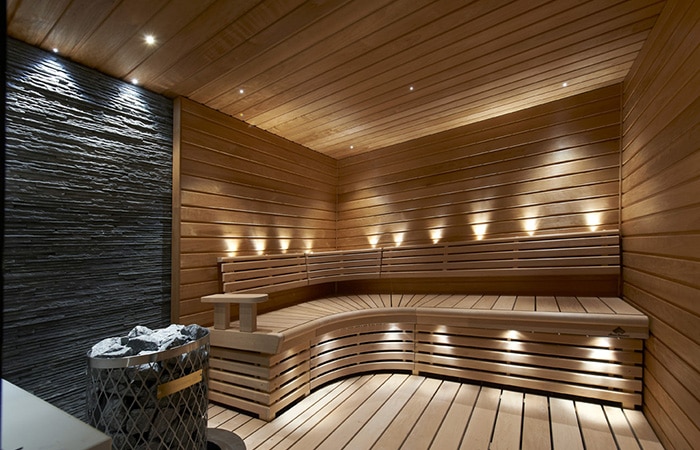 ‘
‘
The panel is 15*90 STP heat treated aspen, laude ash, tarred larch
It’s another one of those “there’s no accounting for taste” things, but in some cases you have to consider what would be a more appropriate paneling direction. Behind the horizontal panel are vertical battens of 20-25 mm. If the panels are installed vertically, then the vertical battens are to be topped with horizontal battens to allow the panels to be installed vertically. This makes the edging 40-50 mm thick. In other words, the sauna will be 40-50 mm smaller in width and depth with vertical panelling, compared with a horizontal panelling.
Example (photos). A sauna with a horizontal installation of 1800×1450 mm, then you can fit an L-shaped laude and a Magnum Original heater, which requires a total space of 500 mm. But when it is decided to install the panels vertically, the sauna is reduced by 40 mm in each direction, because the additional battens are 20 mm thick in this case. An L-shaped laude is not possible with this stove, but will have to be satisfied with a straight laude.
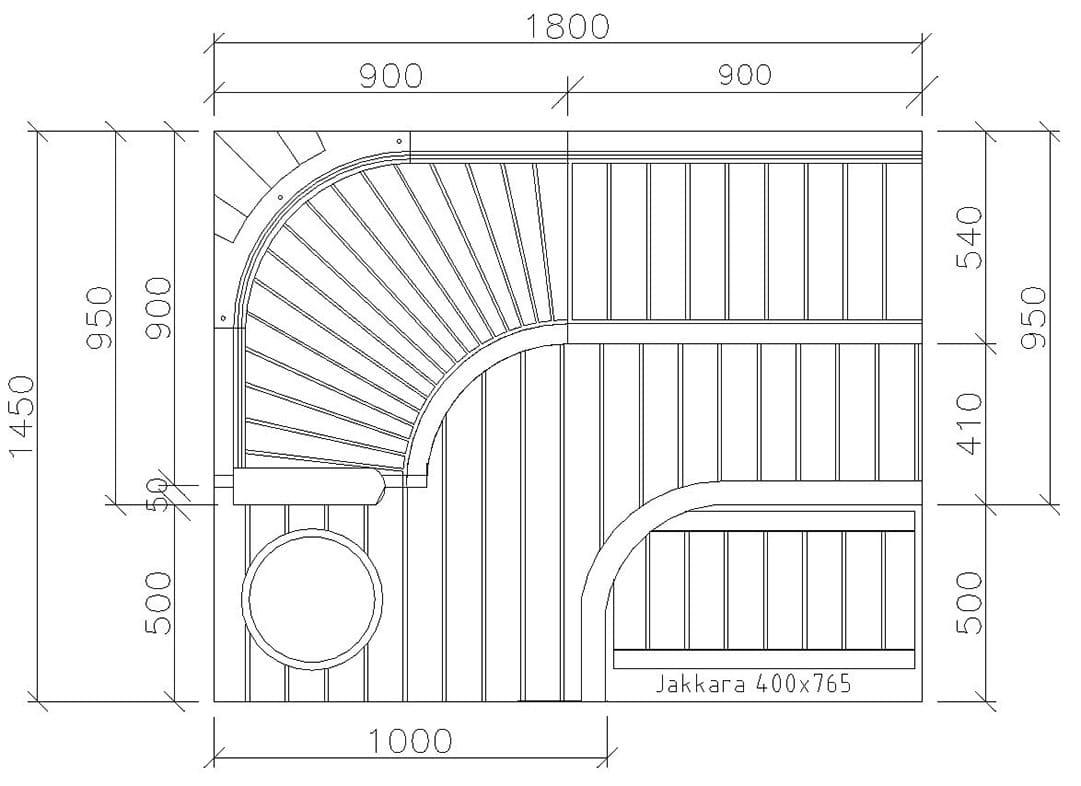
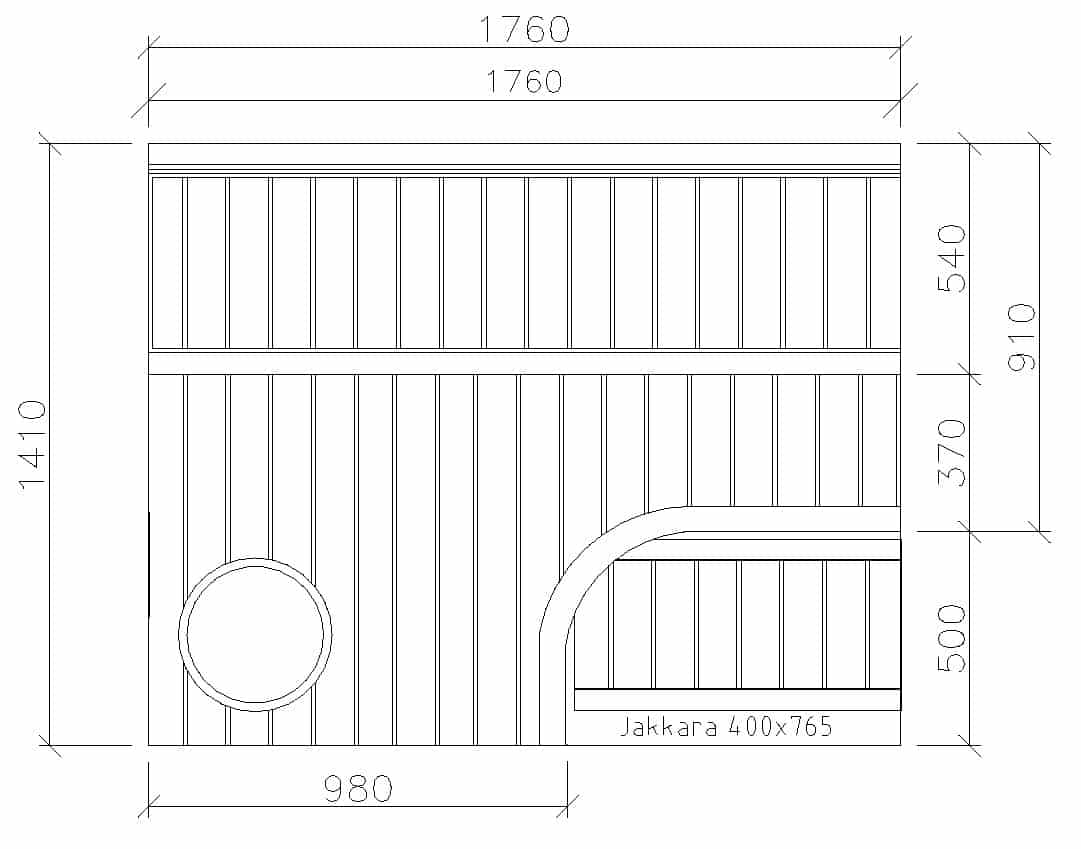
Again, when the sauna is large, e.g. 2600*2100 mm, the paneling direction is not very important. When the sauna is more than 3000 mm wide, you should consider vertical paneling, because almost always the longest panel is 3000 mm (although in Lämpömagnoli it is 3600 mm).
Sun Sauna’s panel options offer a wide range of options for your space design. Different options have their own characteristics and it’s worth asking an expert for help in choosing the right panel!
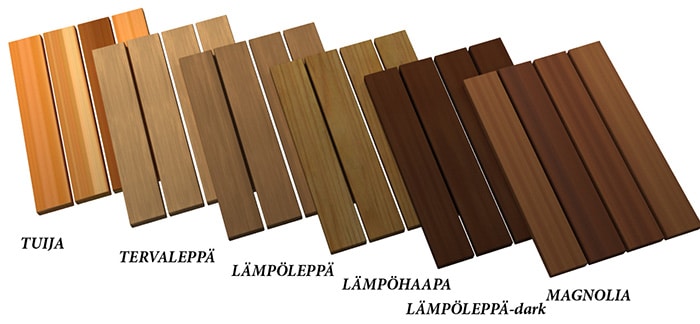
Remember to ask for a free paneling plan with your tender. You will receive a calculation of the number of panels required, the lengths and a recommendation of the material from our experts. Panels and ceiling materials come from the same place, which reduces possible differences in shade.
Our panels are Grade A knotless panels, packed in packages of 6 or 9 pieces, ready to measure. Panel sizes are available in approximately 300 mm increments, which significantly reduces the amount of “wasted panel”. To complete the paneling, we also supply mouldings for the sauna and washroom.
The most popular panels today are the 120 and 145 mm wide panels. The profile has also changed from rounded STP to sharp-edged STS. The choice of panel is influenced by the colour, shape and width of the board in the ceiling. See which panel widths match the best Sun Sauna tiles:
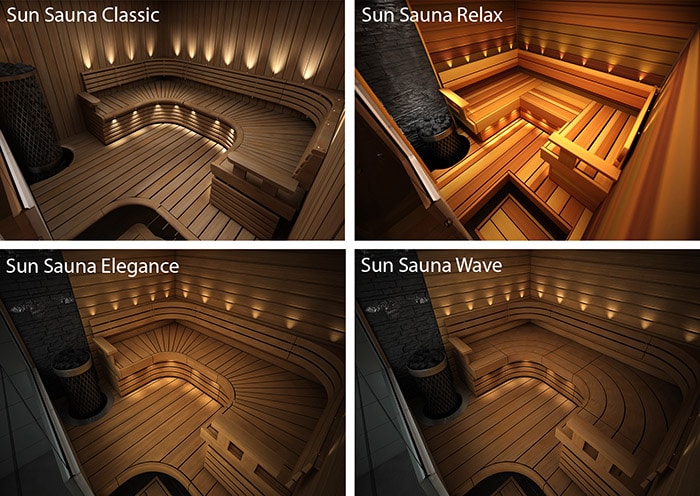
What is the difference between the Sun Sauna decks?
As long as prefabricated boards have been produced, 28*90 mm tar board has been used as a board material. In the early 2000s, heat-treated aspen was also introduced and, a little later, heat-treated tarred aspen. Today, heat-treated magnolia is also available for panel solutions.
Sun Saunanlämpöleppä, thermal aspen and tar alder are roughly the same price. Whereas thermal magnolia is a much more expensive material. Solutions made with thermal magnolia are about 20-30% more expensive than with conventional materials.
It is therefore possible to save money on the choice of wood material if you use tar oak, thermal oak or thermal larch.
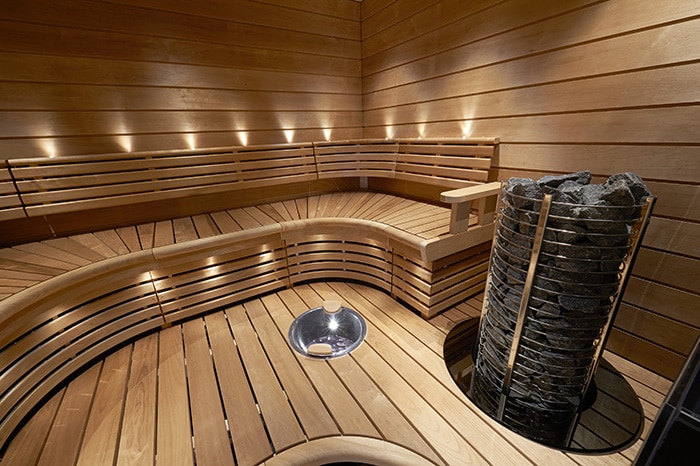
Figure 1. 15×120 STS heat-treated tarred alder
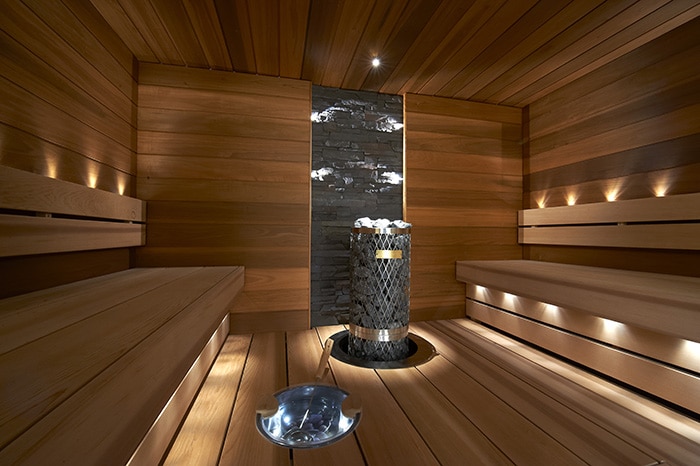
Figure 2. Heat treated magnolia 15×145 STS
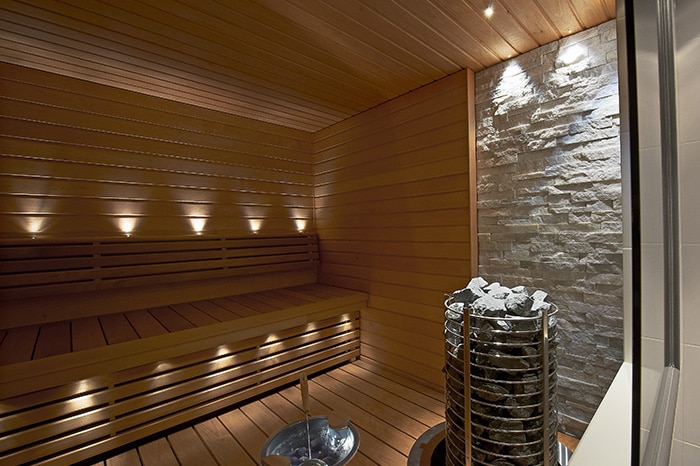
Figure 3. 15×90 STP tar alder
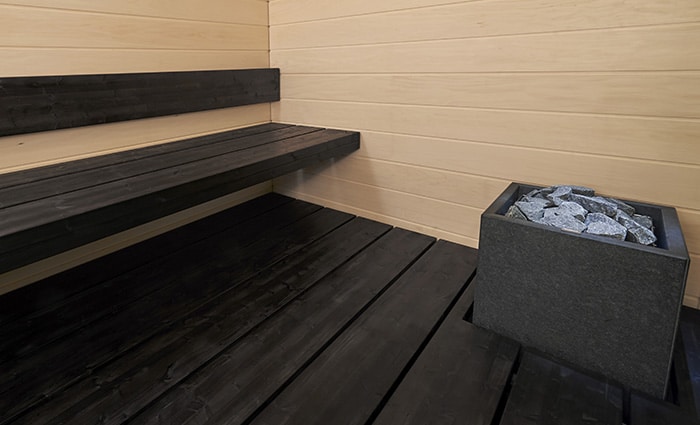
Figure 4. Aspen 15×145 STS